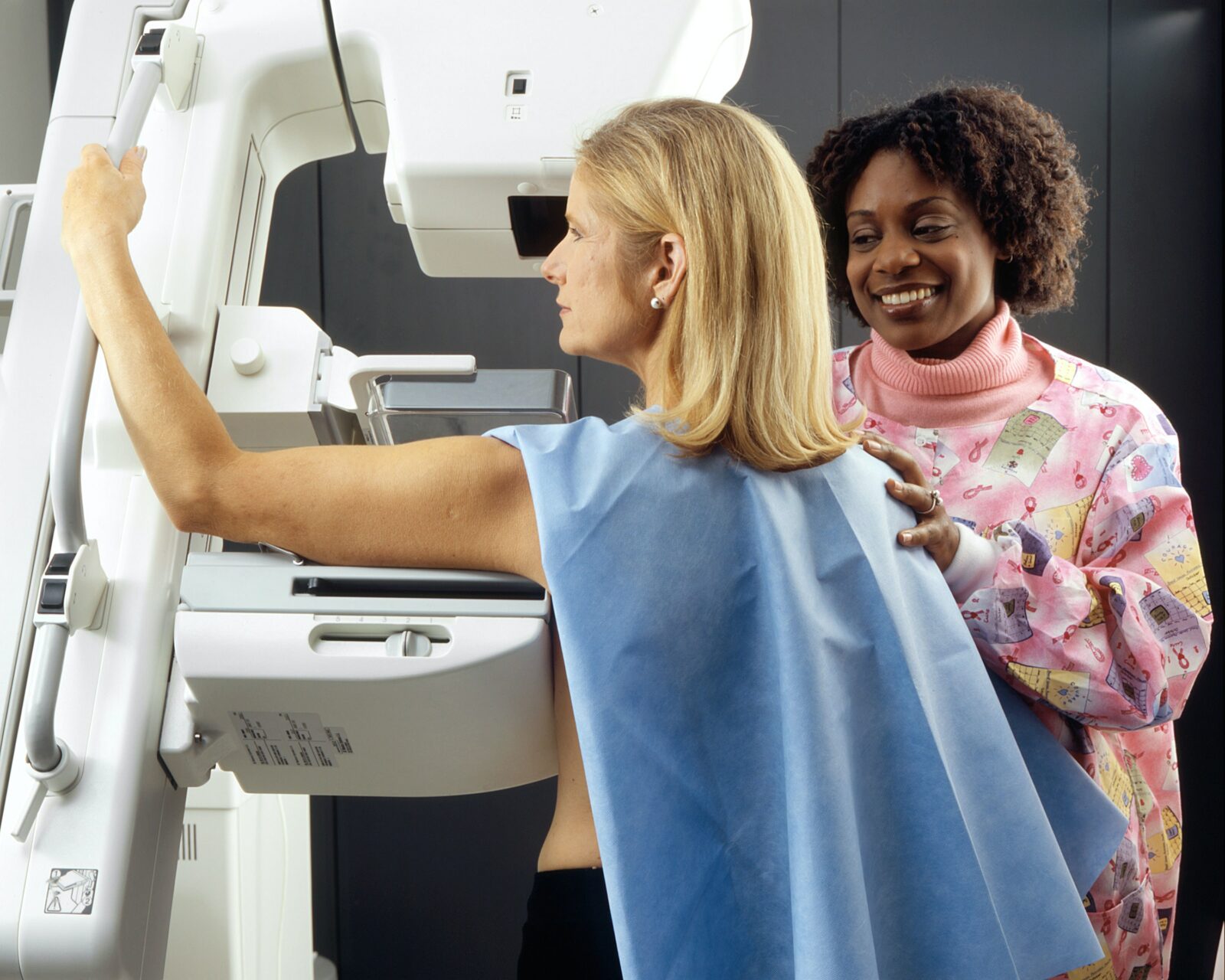
Are mammograms safe? It’s a question that many have asked. New research questions the effectiveness of mammograms. Because of this, the American Cancer Society changed its recommendation on mammography in October 2015. The ACS had recommended annual mammograms beginning at age 40. Now that we know more about the limitations and risks involved, the ACS recommends that mammograms shouldn’t begin until age 45 and should only be every other year at age 55.
There are alternatives to mammography. Thermography offers a non-invasive method to examine the physiology of the body. This is different from mammograms and ultrasound, which examine the structure of the body.
Thermography detects subtle variations in skin temperature using an infrared camera in a temperature-controlled room. This process offers insights into what may be happening below the surface of the skin. Humans give off energy in the form of heat. An infrared camera is heat-sensitive. A mammogram emits ionizing radiation through your compressed breast tissues. Thermography differs in that you radiate energy towards the camera. Nothing is passed through your body.
Cancer feeds on your own blood supply. Thermography detects the higher heat the results from the development of vascularity (angiogenesis) that feeds cancer. When cancer grows, the normal cell-death mechanism, known as apoptosis, stops. The cell doesn’t die and continues to grow. Since the early process is at a cellular level, a solid mass hasn’t formed yet. It typically takes a few years for a cancerous tumor to grow large enough to be detected on a mammogram.
The chart below was developed from Dr. Michael Retsky’s cancer-growth research showing that the possible observation times for a mammogram to find a tumor are near the end of the tumor’s growth, which does not constitute early detection. His research found that breast cancer typically doubles in volume in about 100 days. Since mammography is usually able to find breast tumors at approximately 1 cm, he estimates the usual time to detect breast cancer is at 30 doublings (of 100 days each)-a total of 8 years. He concludes that “the possible observation times in breast cancer is limited to between the 30th and 40th doublings or at most the last 25% of the growth history of a tumor.”
Members Only Content
To continue reading please subscribe to WellnessPlus by Dr. Jess MD
Be your own best doctor with our comprehensive suite of online health coaching tools.
